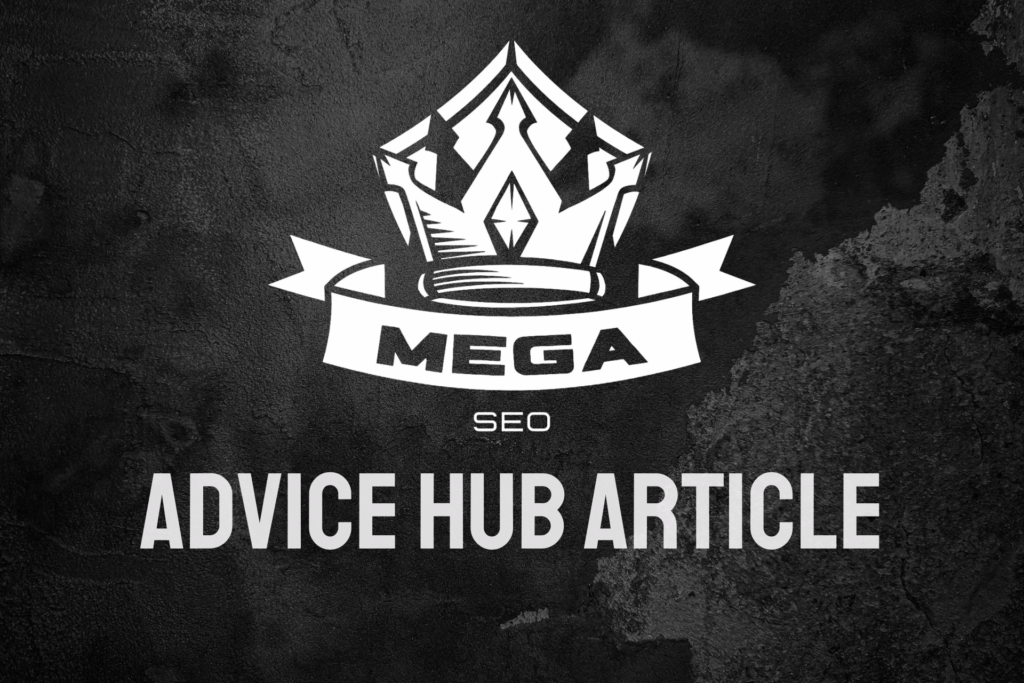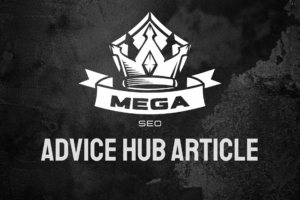Website loading speed plays a pivotal role in both user experience and search engine optimisation.
In the competitive online landscape, every millisecond counts when it comes to retaining visitors and improving your search rankings.
Its time for us to take you through the intricacies of enhancing your website’s loading speed, providing you with actionable strategies to boost your SEO performance.
Why Does Website Loading Speed Matter for SEO?
Search engines, particularly Google, have long emphasised the importance of page speed as a ranking factor.
A faster-loading website not only improves user experience but also allows search engine crawlers to index your pages more efficiently.
This can lead to better visibility in search results and, ultimately, increased organic traffic.
Moreover, slow-loading websites often suffer from higher bounce rates, as impatient users are likely to abandon a page that takes too long to load.
This negative user behaviour signals to search engines that your content may not be relevant or valuable, potentially harming your rankings.
How Can You Measure Your Website’s Loading Speed?
Before diving into optimisation techniques, it’s crucial to establish a baseline for your website’s current performance. Several tools are available to help you measure and analyse your site’s loading speed:
1. Google PageSpeed Insights: This free tool provides a comprehensive analysis of your website’s performance on both mobile and desktop devices. It offers specific recommendations for improvement and a score out of 100.
2. GTmetrix: Another popular option that provides detailed insights into your website’s performance, including load time, page size, and the number of requests.
3. WebPageTest: This tool allows you to test your website’s speed from different locations and devices, providing a more holistic view of its performance.
By regularly monitoring your website’s speed using these tools, you can identify areas for improvement and track the impact of your optimisation efforts over time.
What Are the Key Factors Affecting Website Loading Speed?
Several elements contribute to your website’s loading speed. Understanding these factors is crucial for implementing effective optimisation strategies:
Server Response Time
The time it takes for your server to respond to a request is a fundamental factor in your website’s overall loading speed. A slow server response can significantly delay the rendering of your web pages, regardless of how well-optimised your front-end code may be.
To improve server response time:
1. Choose a reliable hosting provider: Opt for a hosting service that offers robust performance and minimal downtime. Consider upgrading to a dedicated server or a managed hosting solution for optimal performance.
2. Implement caching: Utilise server-side caching to store frequently accessed data, reducing the load on your server and speeding up response times.
3. Optimise database queries: Streamline your database structure and optimise queries to reduce server processing time.
File Size and Compression
Large file sizes can significantly slow down your website’s loading speed. Implementing effective compression techniques can dramatically reduce file sizes without compromising quality:
1. Enable GZIP compression: This server-side compression method can reduce the size of your HTML, CSS, and JavaScript files by up to 70%.
2. Minify CSS, JavaScript, and HTML: Remove unnecessary characters, white space, and comments from your code to reduce file sizes.
3. Optimise images: Compress images without sacrificing quality using tools like TinyPNG or by implementing responsive images that load appropriately sized versions based on the user’s device.
Render-Blocking Resources
Resources that prevent the browser from rendering page content can significantly delay the perceived loading speed of your website. To address this issue:
1. Defer loading of non-critical JavaScript: Use the ‘defer’ attribute to postpone the execution of scripts that aren’t essential for initial page rendering.
2. Inline critical CSS: Include essential styles directly in the HTML to allow the browser to render the above-the-fold content quickly.
3. Optimise the order of stylesheets and scripts: Ensure that critical resources are loaded first to improve the perceived loading speed.
How Can You Leverage Browser Caching for Faster Loading?
Browser caching is a powerful technique that allows returning visitors to load your website more quickly by storing static resources locally in their browser. To implement effective browser caching:
1. Set appropriate cache headers: Configure your server to send cache-control headers that specify how long browsers should store different types of resources.
2. Use versioning for static resources: Append version numbers or hashes to you static file URLs to ensure that users receive updated versions when you make changes.
3. Leverage a Content Delivery Network (CDN): CDNs can cache your static resources across multiple geographic locations, reducing latency for users accessing your site from different parts of the world.
What Role Does Mobile optimisation Play in Website Speed?
With mobile devices accounting for a significant portion of web traffic, optimising your website for mobile speed is crucial. Google’s mobile-first indexing means that the mobile version of your site is now the primary consideration for search rankings.
To improve mobile loading speed:
1. Implement responsive design: Ensure your website adapts seamlessly to different screen sizes without sacrificing performance.
2. Optimise images for mobile: Serve appropriately sized images based on the user’s device to reduce unnecessary data transfer.
3. Minimise the use of large, complex animations: Heavy animations can significantly slow down mobile devices with limited processing power.
4. Leverage AMP (Accelerated Mobile Pages): Consider implementing AMP for certain types of content to provide ultra-fast loading speeds on mobile devices.
How Can You Streamline Your Website’s Code for Better Performance?
Clean, efficient code is essential for optimal website performance. Here are some strategies to streamline your website’s code:
1. Remove unnecessary plugins and scripts: Audit your website’s functionality and remove any plugins or scripts that aren’t essential.
2. Optimise CSS delivery: Consider using CSS frameworks judiciously and remove any unused styles from your stylesheets.
3. Implement lazy loading: Load images and other non-critical content only when they’re about to enter the viewport, reducing initial page load times.
4. Use efficient coding practices: Write clean, modular code that’s easy to maintain and optimise.
Mega SEO: Your Partner in Sustainable SEO Growth
Improving your website’s loading speed is a complex but essential aspect of SEO. By implementing the strategies outlined in this guide, you can significantly enhance your website’s performance, leading to better user experience and improved search rankings.
At Mega SEO, we understand that optimising website speed can be a daunting task, especially for businesses focused on their core operations. That’s why we offer comprehensive technical SEO services tailored to your specific needs. Our team of experts can conduct thorough audits of your site’s performance, identify bottlenecks, and implement effective solutions to boost your loading speeds.
We don’t just stop at technical optimisation. Our holistic approach encompasses on-page SEO, off-page SEO, and local SEO strategies to ensure your website performs optimally across all fronts. Whether you’re a small local business or a large enterprise, we have the expertise to drive sustainable growth for your online presence.
Ready to supercharge your website’s performance? Get in touch with Mega SEO today.



